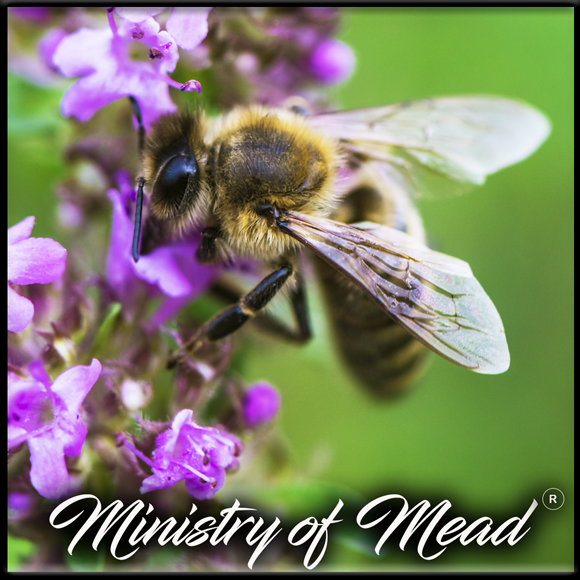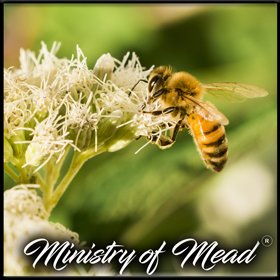The Honey Ferments
The first batch used was made using standard Mead making practices. An ABV of 16% was achieved and two types of honey were used. Australian Yellow Box and New Zealand Thyme.
The Thyme is a strong and pungent honey. The pungency was lost in the process and it shines through with a floral brilliance and vibrancy. An all Thyme mash would have been over the top and I think we got our ratios right on this.
This batch had the advantage of some ageing before being distilled due to COVID messing with schedules. This batch was fermented at the Meadery and transported to the Distillery in kegs.
Two runs and a lot of fun. This ferment produced the Spirit of the Bees, Explorer One.
A product I take great pride in and have really fond memories of working with Crafty on.
Our next ferment was even more collaborative, and not a repeatable process.
I took the 2000 litre to Capertee this time and met the Bee Farmer there. Adrian (The Bee Farmer) had some honey that had a higher than acceptable moisture level, it hadn't started to ferment yet, but was looking like it could if something wasn't done with it.
I had offered to buy this honey at a discount rate, but Adrian insisted on donating it to the cause. He could see the excitement and passion we had about the things we were doing with honey and was keen to be involved.
426 kilos of honey went into that fermenter to make 1200 litres of mead/wash. It was sluggish to start, then stopped. We had numerous issues with it and just could not get it to go beyond the 1.050 mark. We just finished it off with EC1118, iI was not as clean an end product I would normally aim for and had a bit of funk to it. It was good though, but as I said, not as clean as I would usually produce.
We knew this would be the case, it was an aspect we had decided to embrace and had used an open top on the fermenter, This had given us a malolactic ferment simply because of the bacteria being so present in the distillery. But this was about learning, and how one learns is they try things.
This went through a stripping run and is now waiting for us to do a spirit run on it. More to come.
Where to from here?
Having a smaller still allows for much smaller runs and more investigation around the best way to prepare different washes.
The use of different yeast strains needs to be looked at with side by side comparisons using the same honey and the same distillation methods.
All of this does need to happen with some mindfulness of the commercial return required to keep the process happening and a market needs to be established for a range of honey spirits.
This really is going to be a process of learning about the best wash for the best still pathway,
And then of course it all changes when we start to talk about flavoured Meads, when it is not just the honey I want to pull through, but also the other ingredients.
Should braggots be treated as Whisky is? Or should they be treated like Bierbrand (or Bierschnaps, Eau de vie de bière) both methods are different.
Once the licensing is in place, I will be able to start answering some of these questions.
Our next ferment


